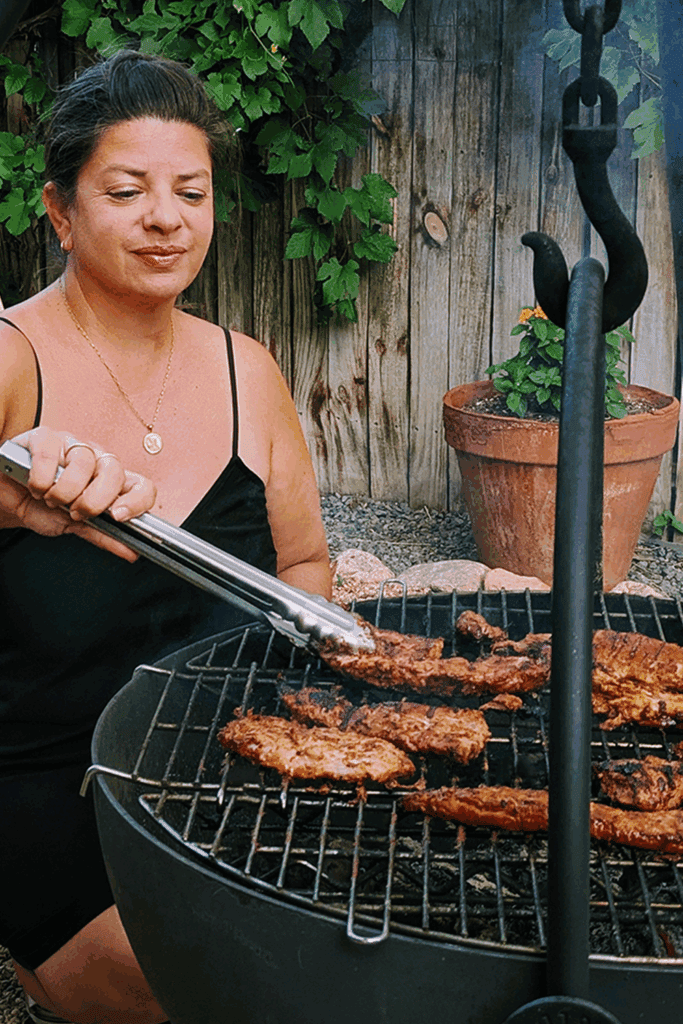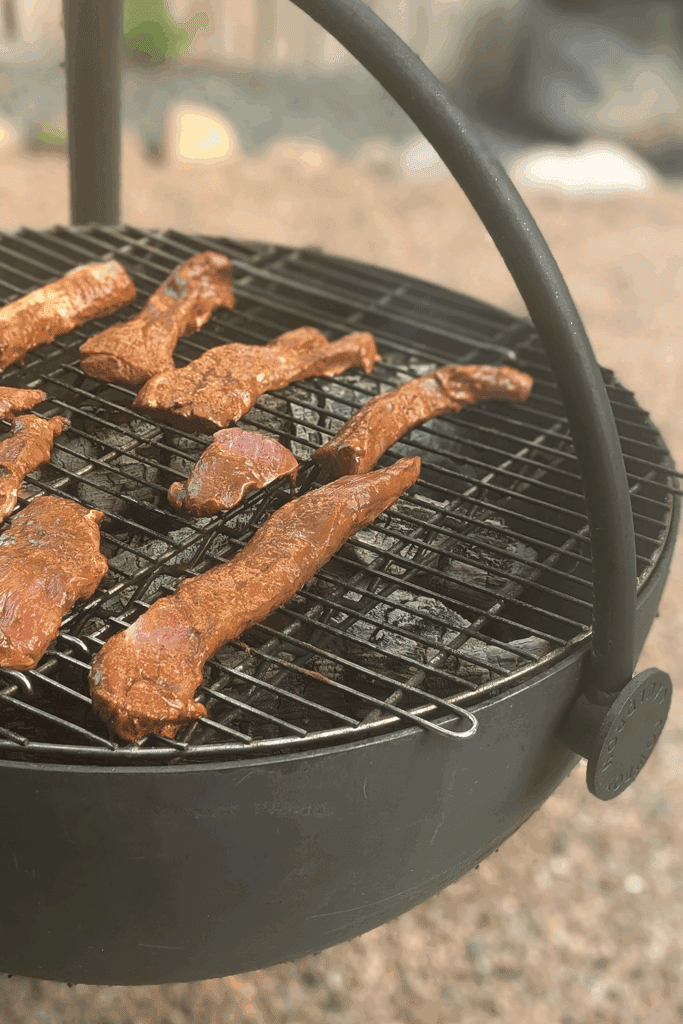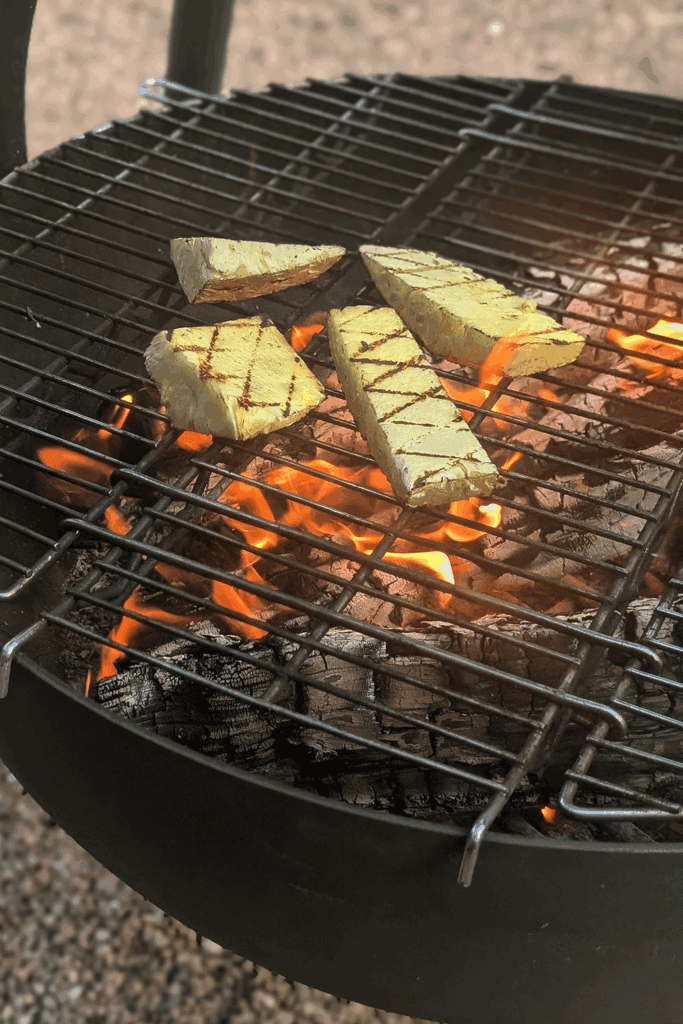Grill season is here, and I notice it changes how I think about meals for the week. What can we grill up on the Cowboy Cauldron so we don’t have to think about cooking for a while, is how it sounds in my head. This recipe for Grilled Pork and Pineapple Tacos will fly at any kind of party, but also last a few days for a single household. It takes a little time to make the ancho marinade, but it should be noted that this component can easily be doubled or even tripled (with very little extra time added) and then put in containers in the freezer for other cooking scenarios in the future, like rubbing over a whole chicken before roasting, or marinating beef or chicken.
The Inspiration: A Nod to Tacos Al Pastor
This recipe is completely inspired by my love of Tacos Al Pastor, a method of taco making that came to life in the 1930s in Puebla, Mexico, when Lebanese immigrants introduced their shwarma-making, vertical cooking spits to the area. Eventually, lamb turned to pork marinated in chiles and anchiote, the earthy, slightly peppery seed of the evergreen Bixa orellana shrub, which gives cheese, Cochinita Pibil Tacos, and Tacos Al Pastor their distinct orange color.

There is something magical that happens when cooking meat on a vertical spit. There is also something magical that happens when I cook anything on the Cowboy Cauldron.
You’ll notice that you can either use thinly sliced pork shoulder (the classic choice) or pork tenderloin. The tenderloin is a leaner cut and holds the marinade well.

The Power of Pineapple & Fire-Roasted Chiles
Here, I focus on dried ancho chiles as the base of the marinade and add fire-roasted green chile to the mix of grilled pork and pineapple. Feel free to add sour cream, cheese, or avocado if you want, but simply topping it with cilantro and onion gets the job done.

